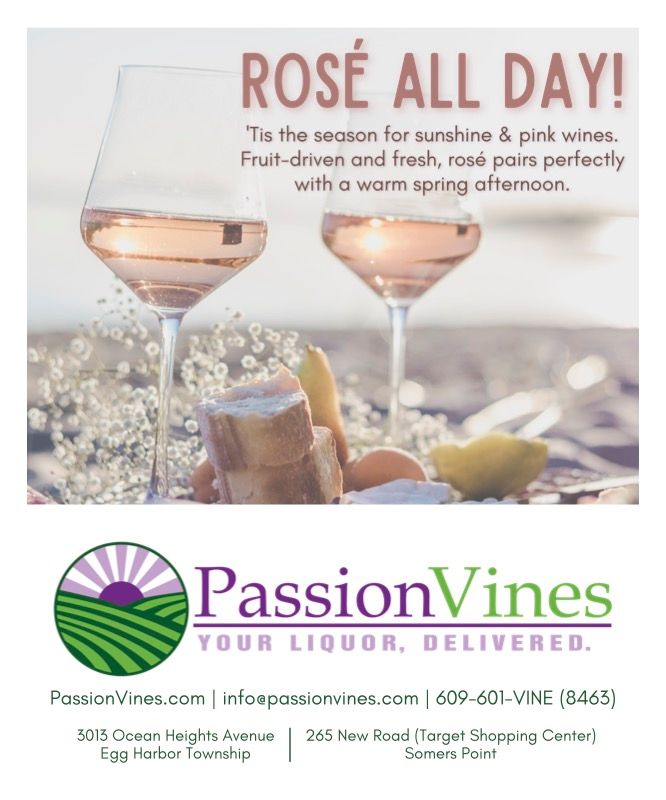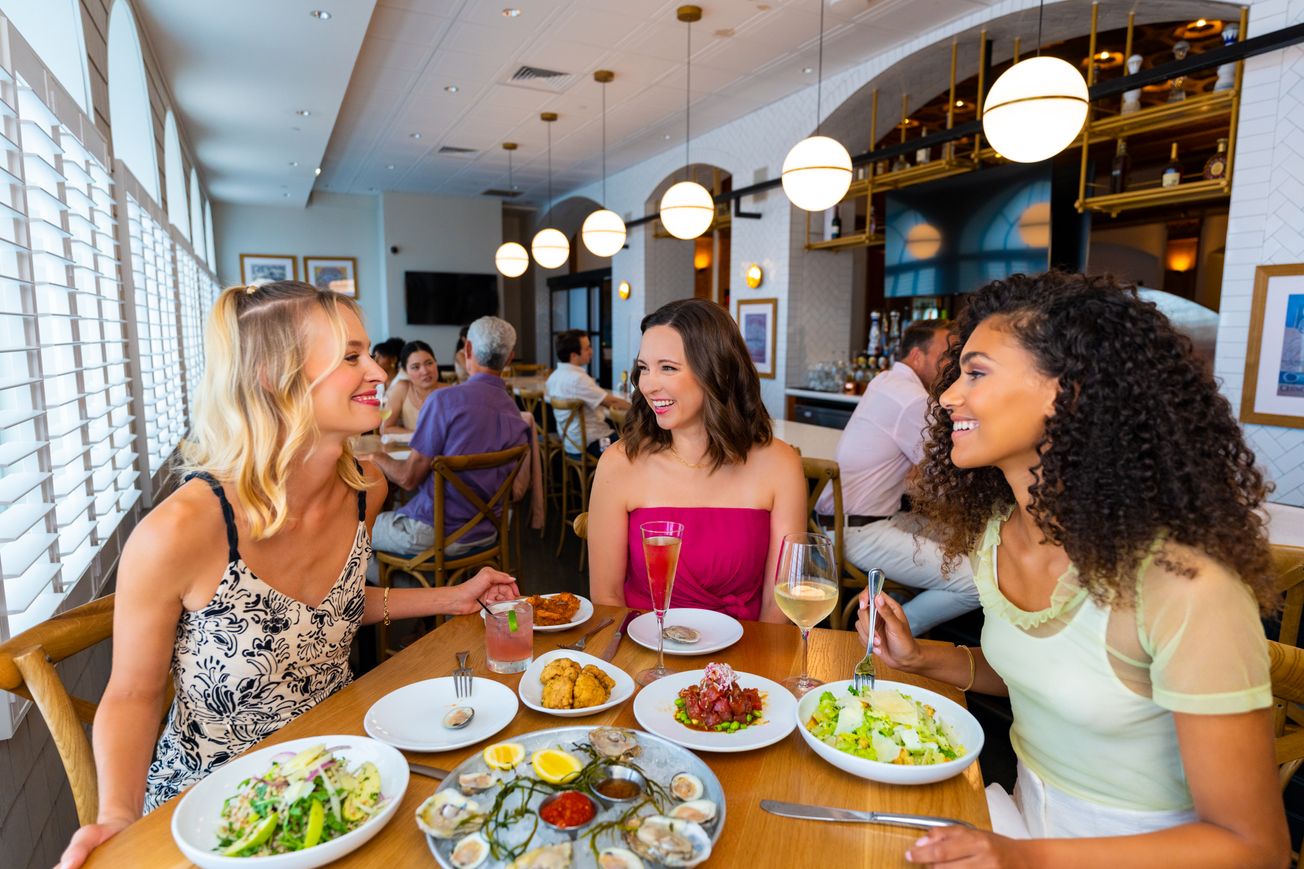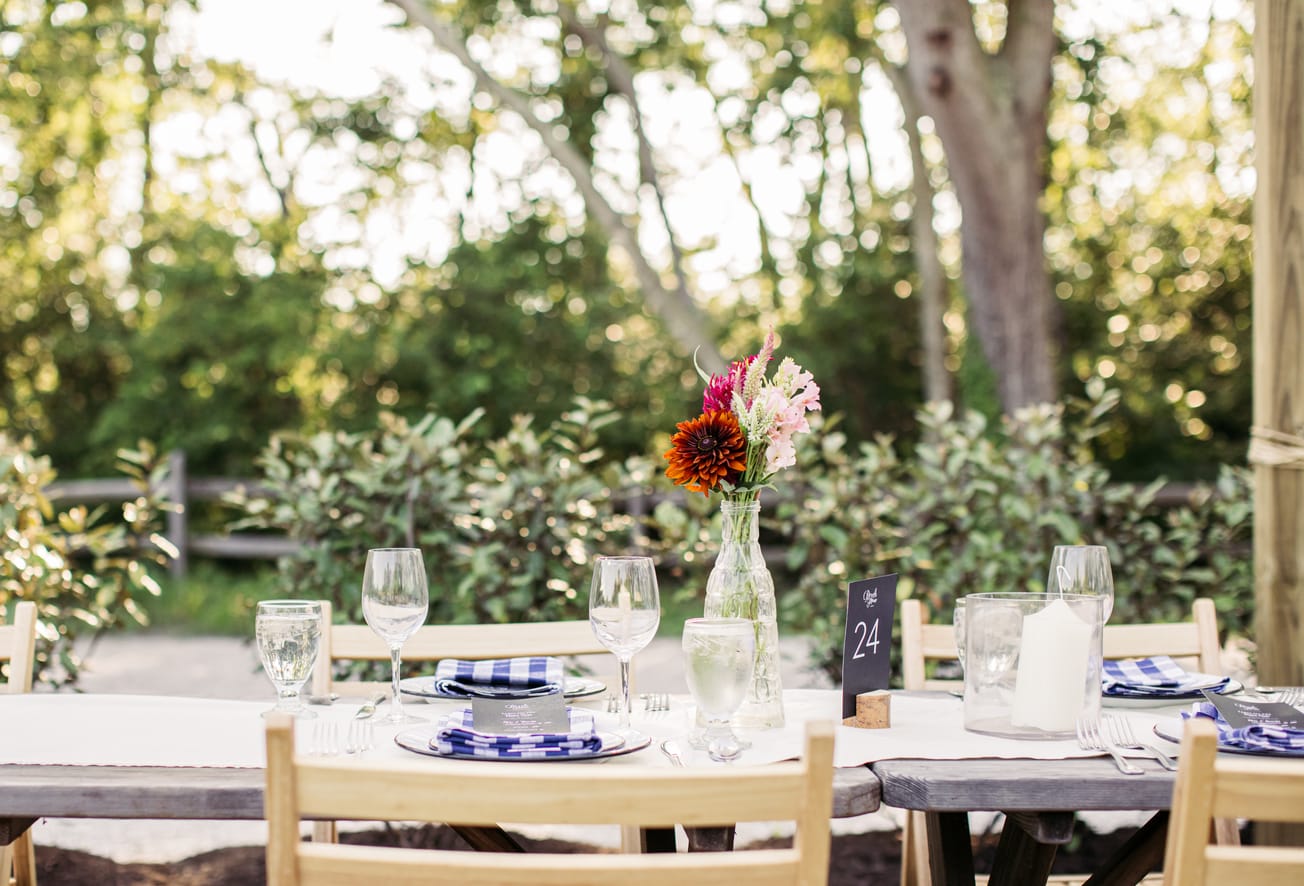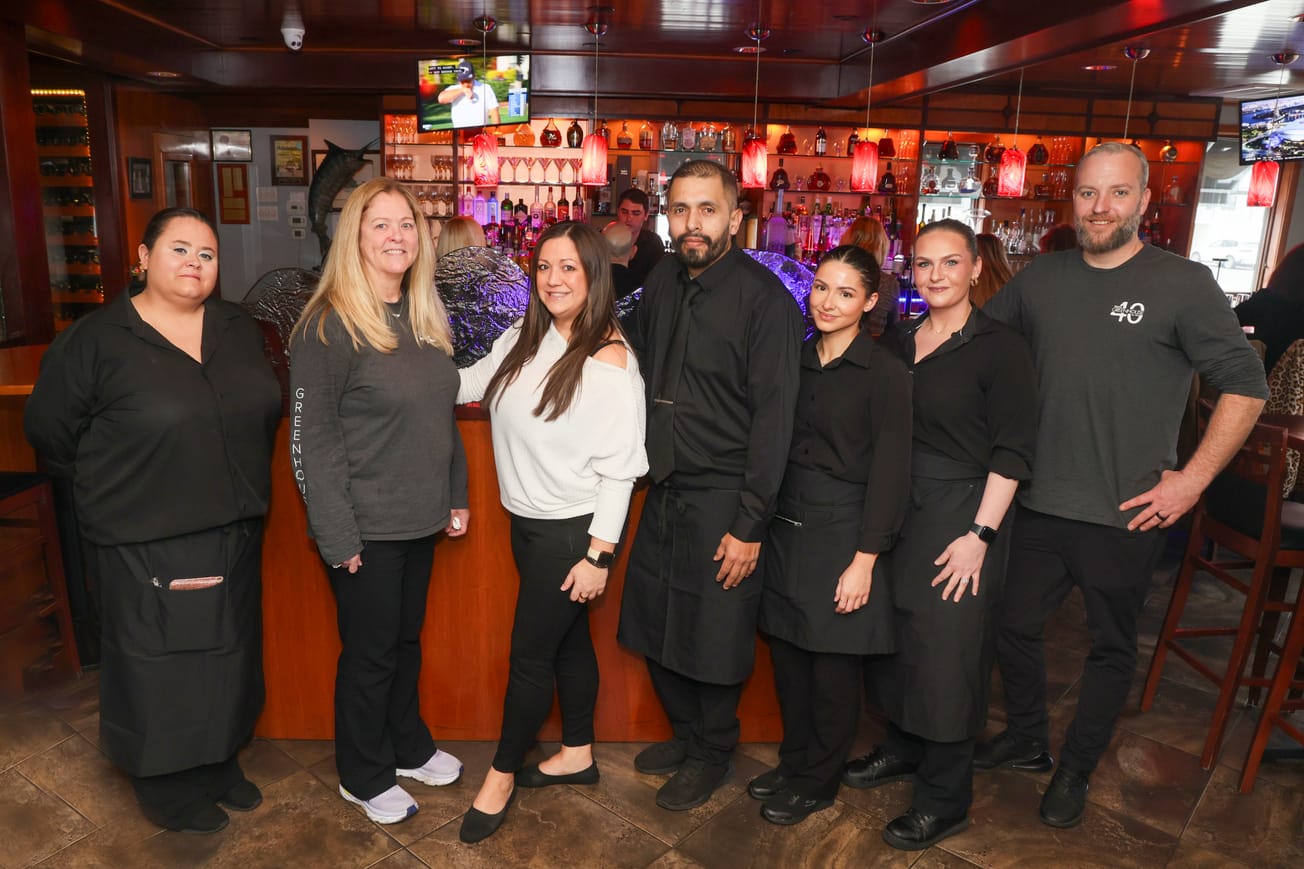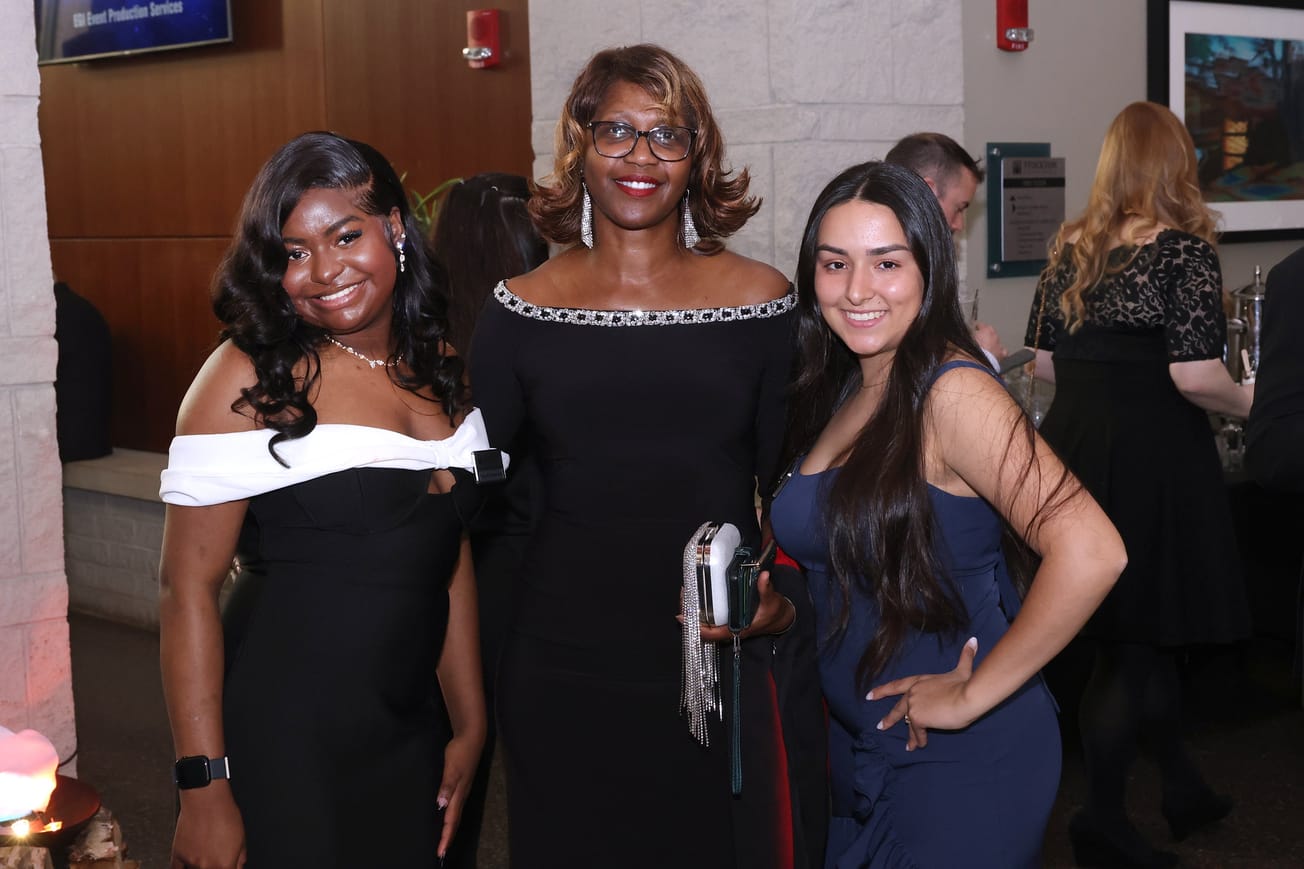What is Rosé Wine?
Rosé wine is a wine that uses some of the skins of red grape varieties, but doesn’t make contact long enough to extract tannins or deeper red color. The resulting wine is pink in color, and is essentially made in the style of white wine, but using red grapes. Pink hues can range anywhere from a pale orange to a translucent ruby, and offers an enormous spectrum of fruity flavors.
How is it made?
If the winemaker’s focus is to make Rosé wine, then controlled skin contact is the typical way to go. After crushing red grapes, the juice will sit with the grape skins on top anywhere from two to 24 hours. The longer the skin makes contact, the deeper the color. If the winemaker needs to make multiple styles of wine, then the saignee method is a great way to make Rosé. Saignee is French for “bleed”, meaning that after a period of skin contact, the winemaker will drain off a portion of the pink juice to be fermented in a stainless-steel vat, while the remaining juice continues to extract tannins and color to make a powerful, highly-structured red wine. Another way to make Rosé is by directly pressing red grapes and taking whatever color leaches out into the juice; these wines tend to be paler, with more white wine flavors like citrus and peaches, rather than red berries and watermelon that you would get from skin contact. Blending red wine with white wine is typically discouraged, though it is legal to do in Champagne. That being said, Champagne producers tend to stick with saignee or direct pressing methods of making sparkling Rosé.
Is Rosé wine dry or sweet?
Some producers may note a “semi-dry,” “semi-sweet,” or “sweet” to indicate varying levels of residual sugar in the wine, but the overwhelming majority of Rosé wines are going to be dry and very food-friendly. However, there are some styles that tend to be on the sweeter side. White Zinfandel from California, for instance is always going to have a degree of sweetness and is almost never dry. Rosé d’Anjou from the Loire Valley is a specialty made from Cabernet Franc that is low in alcohol with a touch of sweetness to balance the high acids. Speaking of alcohol levels, if you look at the ABV and see a number less than 11%, chances are high that you will have a Rosé with residual sugar. A great example of this is the Brachetto sparkling wines, which are typically around 7% ABV, but have high amounts of residual sugar (a perfect dessert wine!).
Why don’t you see expensive Rosé?
The truth is, Rosé is an easy wine to make. Crush the grapes, let the juice and skins sit together for a short time, drain, ferment, and bottle. It is a fresh, lively wine that should be consumed within a year (two years, tops). There are no oak treatments, which typically adds cost to production. There is also no need to hold the wine in bottle to settle down and harmonize, so a winemaker’s inventory turns over quickly (another cost associated with wine production). There are so many good bottles of Rosé to try for $20 and under. If you are looking to see what the buzz is about when it comes to some of the celebrity bottlings, by all means go ahead...those might take you into the $30 bracket. The Tavel region of the Rhone Valley specializes in Rosé production, and has been doing it for a very long time. The quality has earned such critical acclaim that these wines may go $40 and up, but this is an exception to the rule.
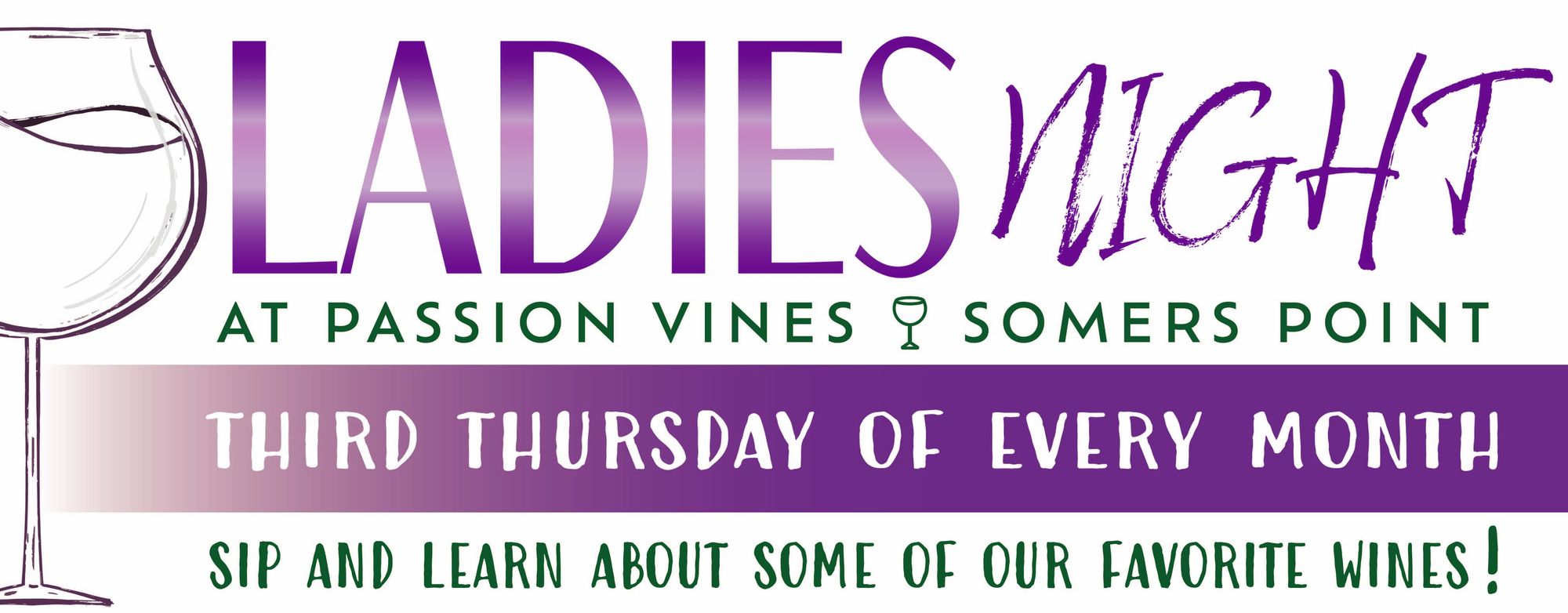
Does location matter?
Always! Worldwide wine regions will typically work with the grapes that work in their respective terroirs, but also use grapes that maximize fruitiness, acidity, or both. Garnacha is Spain’s luxurious variety, which offers texture and strawberry fruit. Italian Rosé made from Sangiovese tends to be pale orange with a citrusy character. Pinot Noir Rosé from Oregon will give you bold cherry fruit flavors, while Provence Rosé made from a blend of grapes will be delicate and mineral-laden, with watermelon and nectarines, straddling a line of white and red wine flavors with grace. South American Rosés can sometimes have a touch of smoke to complement the aromatic red fruit flavors.
What I’m drinking?
Proprieta Sperino Rose (from Piedmont, Italy), Domaine Olga Raffault Rose (from Loire Valley, France) and Arnot Roberts Rose (from California).
Thirsty yet!?
Drink Passionately,
Michael

Learn more about Michael Bray and his company Passion Vines here. Order your wine and have it delivered. Click on the ad below.
